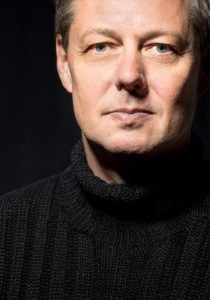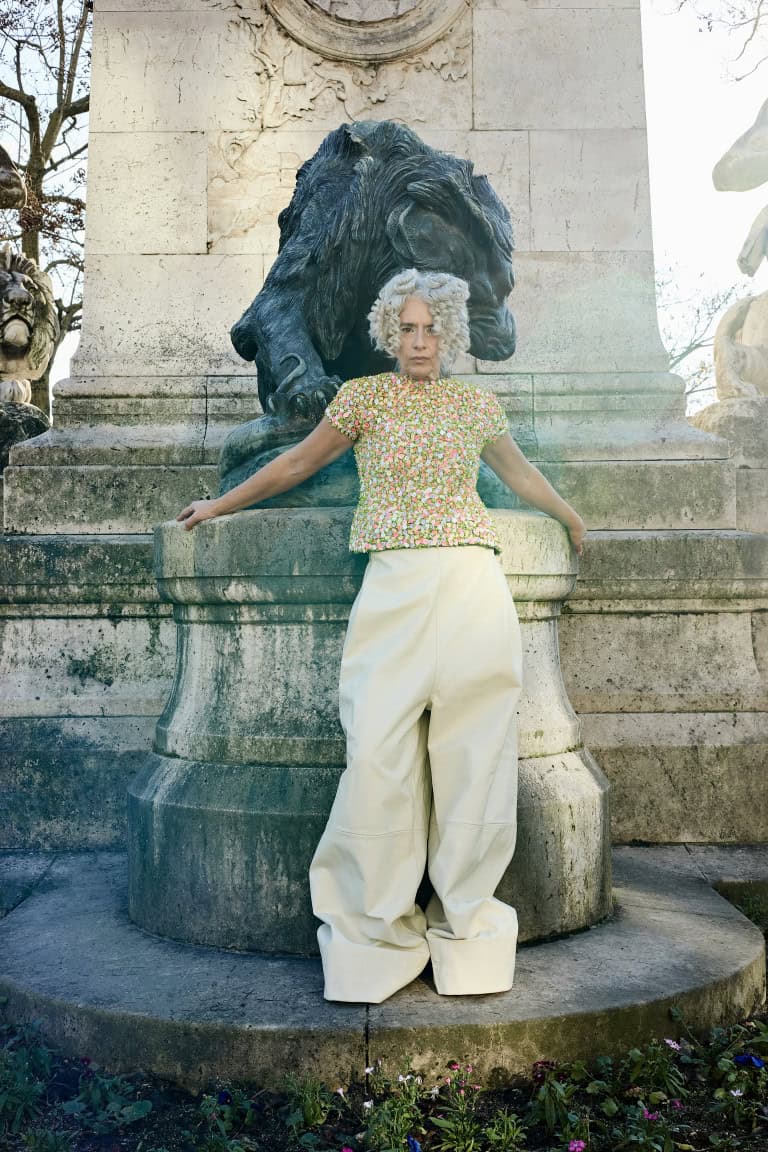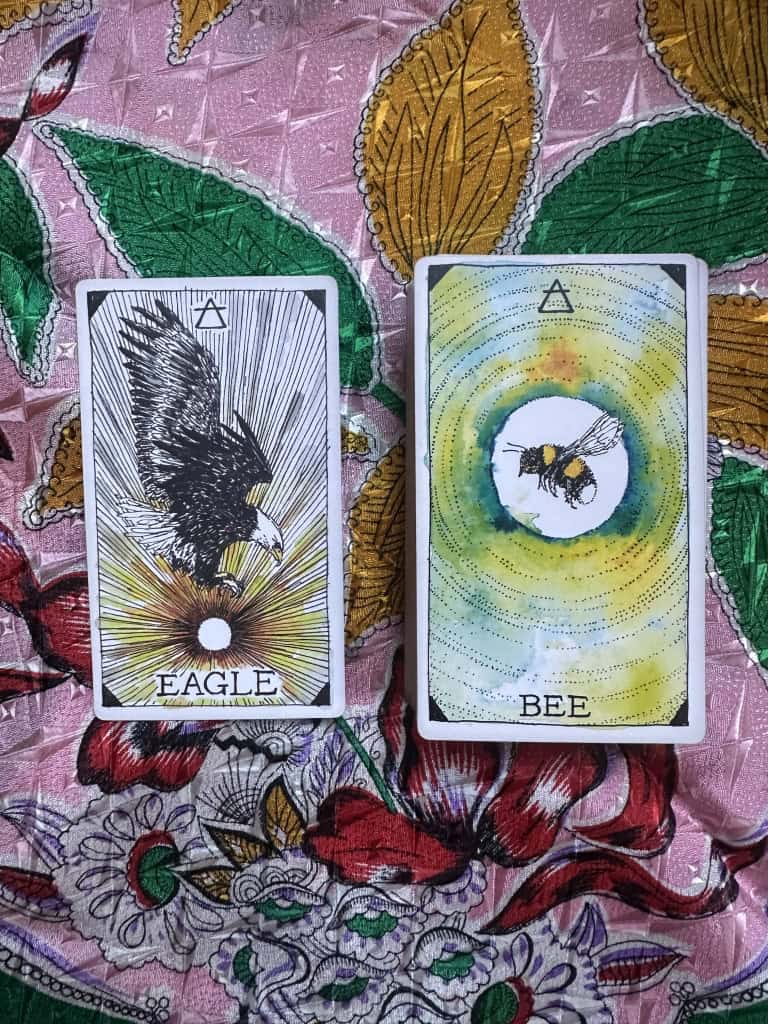
SURVEY – Bruce Davidson, by Thomas Werner
SURVEY – Bruce Davidson, by Thomas Werner
Share this post
Thomas Wener is our Editor at Large since August 16th 2016. He is the author of the book "The Fashion Image" for Bloomsbury Press, London (2017), and an Assistant Professor and past Photography Program Director at Parsons School of Design in New York. The former owner of Thomas Werner Gallery in Manhattan’s Chelsea Art District, he currently lectures internationally on topics of photography, fashion, education, and contemporary professional practices, and recently lead a team developing a media and literacy web site and resource center in five languages, Spanish, French, Russian, Arabic and English for the United Nations Alliance of Civilizations/UNESCO. Thomas has worked with the Department of State as a cultural representative in Russia, and been a photography consultant for COACH and Rodale Publishing, among others. He is a recurrent instructor at the United Nations Education First Summer School, and is presenting workshops on effective message development and communication on an international basis.
Over the last nine years his personal work has been Russia and Ukraine centric, spending an average or 70 days a year there partnering with 33 cultural, educational, and governmental organizations to develop projects in 34 cities. The focus of this work has been the introduction of the principles of civil society, the advancement of media literacy and contemporary education methodologies, and the development of creative cultures within the country. He has curated exhibitions in the United States and abroad, and his personal art work and private collection of Russian photographs and artifacts have been exhibited internationally.
Read Next




